MATLAB Exercise Solution - Signal Analysis using Fourier Series
VerifiedAdded on 2022/09/16
|11
|1079
|18
Practical Assignment
AI Summary
This document presents a MATLAB exercise solution, focusing on the application of Fourier series for signal analysis. The solution begins by analyzing a given signal, f(t) = t(π² - t²), and explores its Fourier series representation. It includes MATLAB code for plotting the signal and discusses the importance of time step selection for accurate approximation. The solution then delves into the calculation of complex Fourier series coefficients, showcasing the steps for determining coefficients and the average energy of the signal. The second part involves another signal, t*sin(πt), where the average energy is computed. The solution demonstrates the calculation of Fourier series coefficients, plots the original signal along with its approximation, and discusses the convergence and accuracy of the Fourier series approximation based on varying the number of terms included. The MATLAB code is provided for each step, offering a practical guide for students studying signal processing and electrical engineering.
1 out of 11

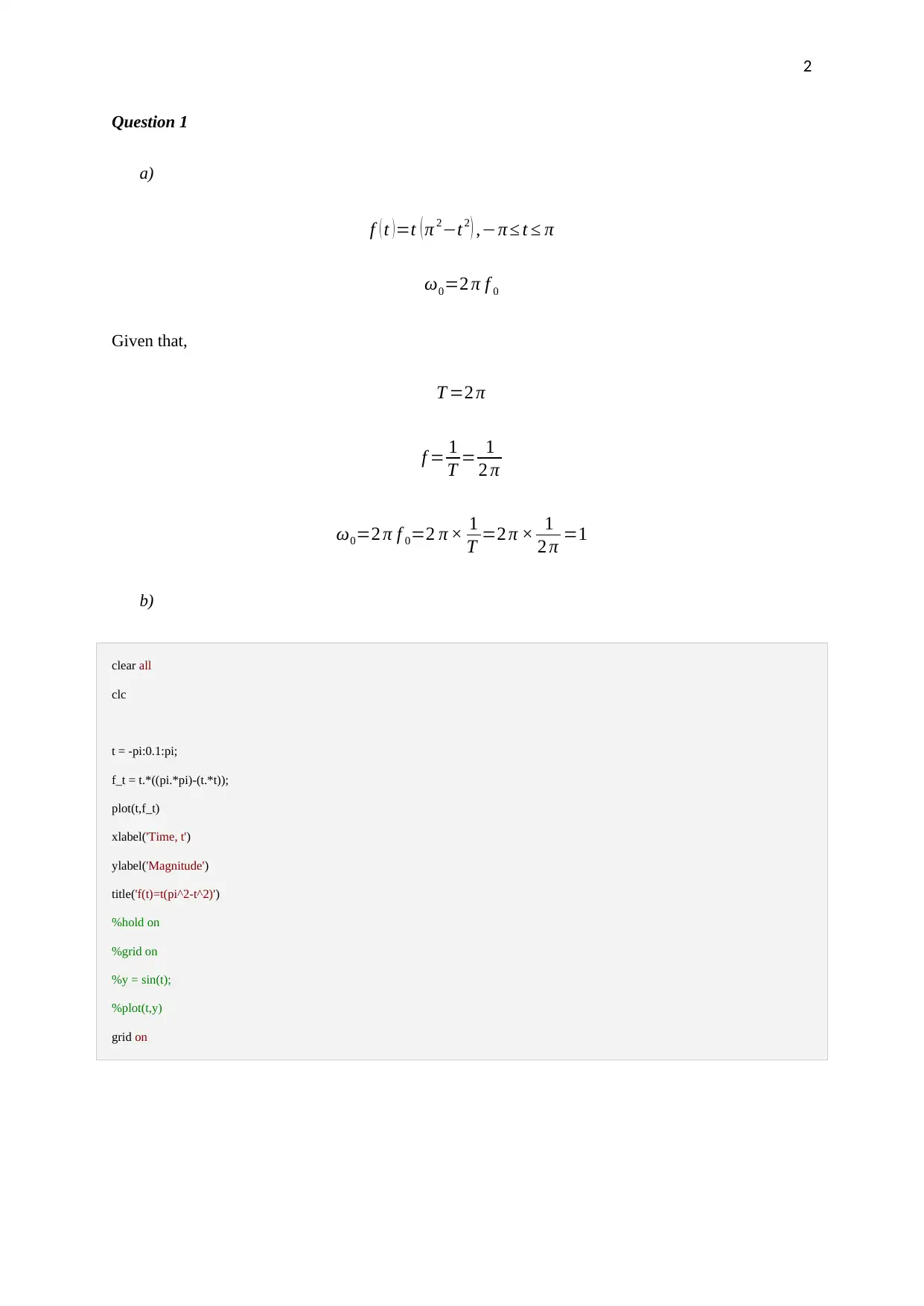
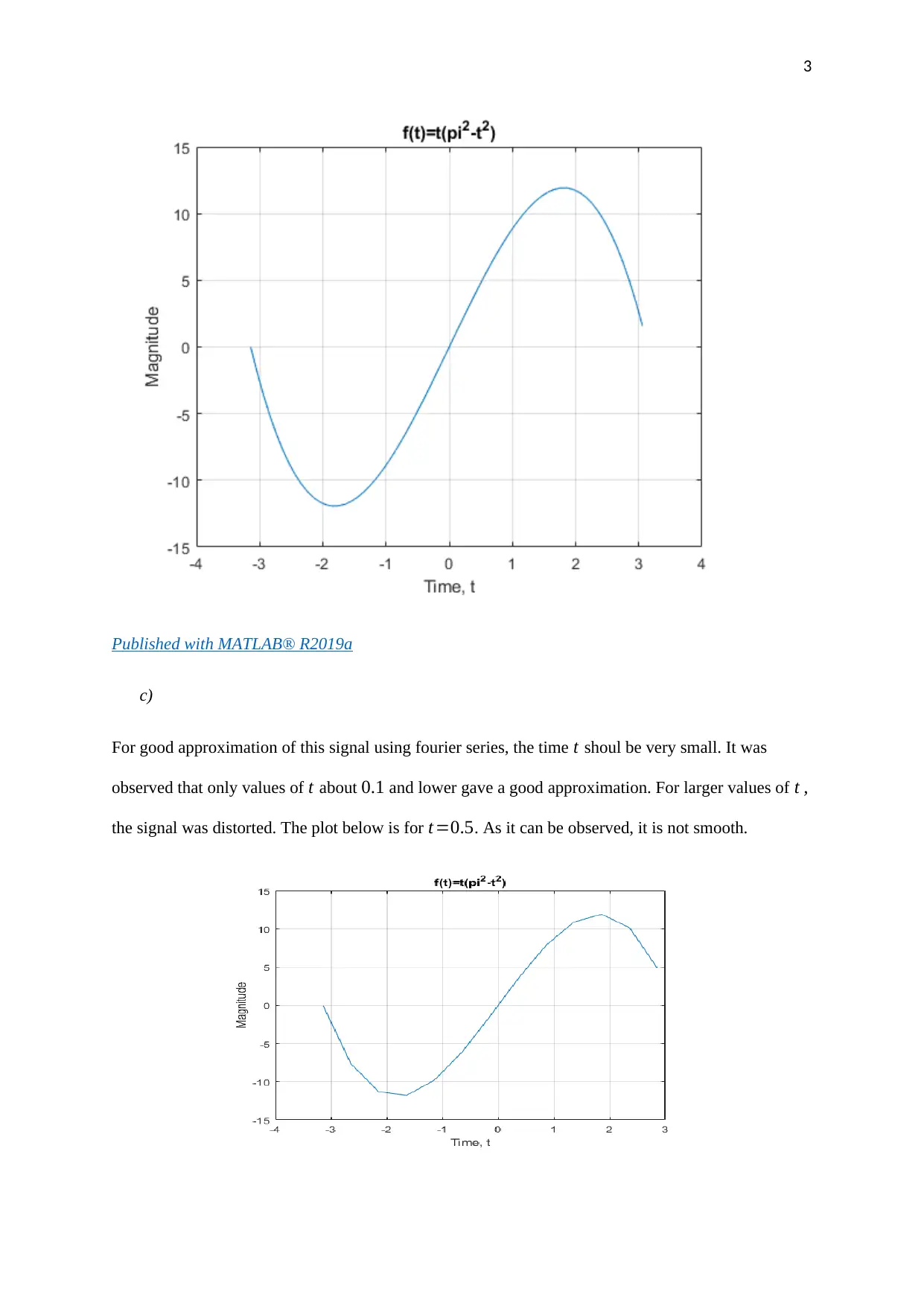

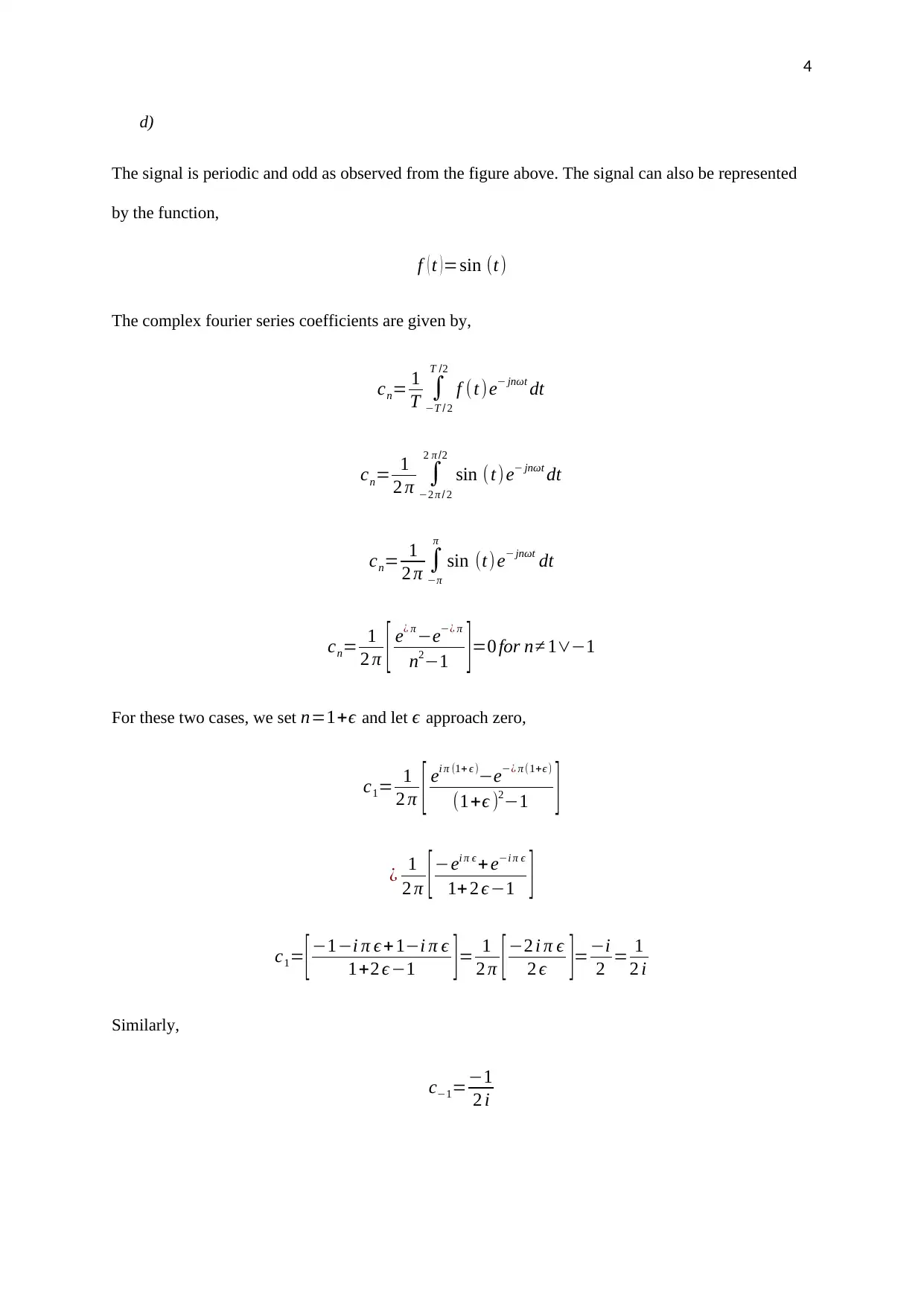
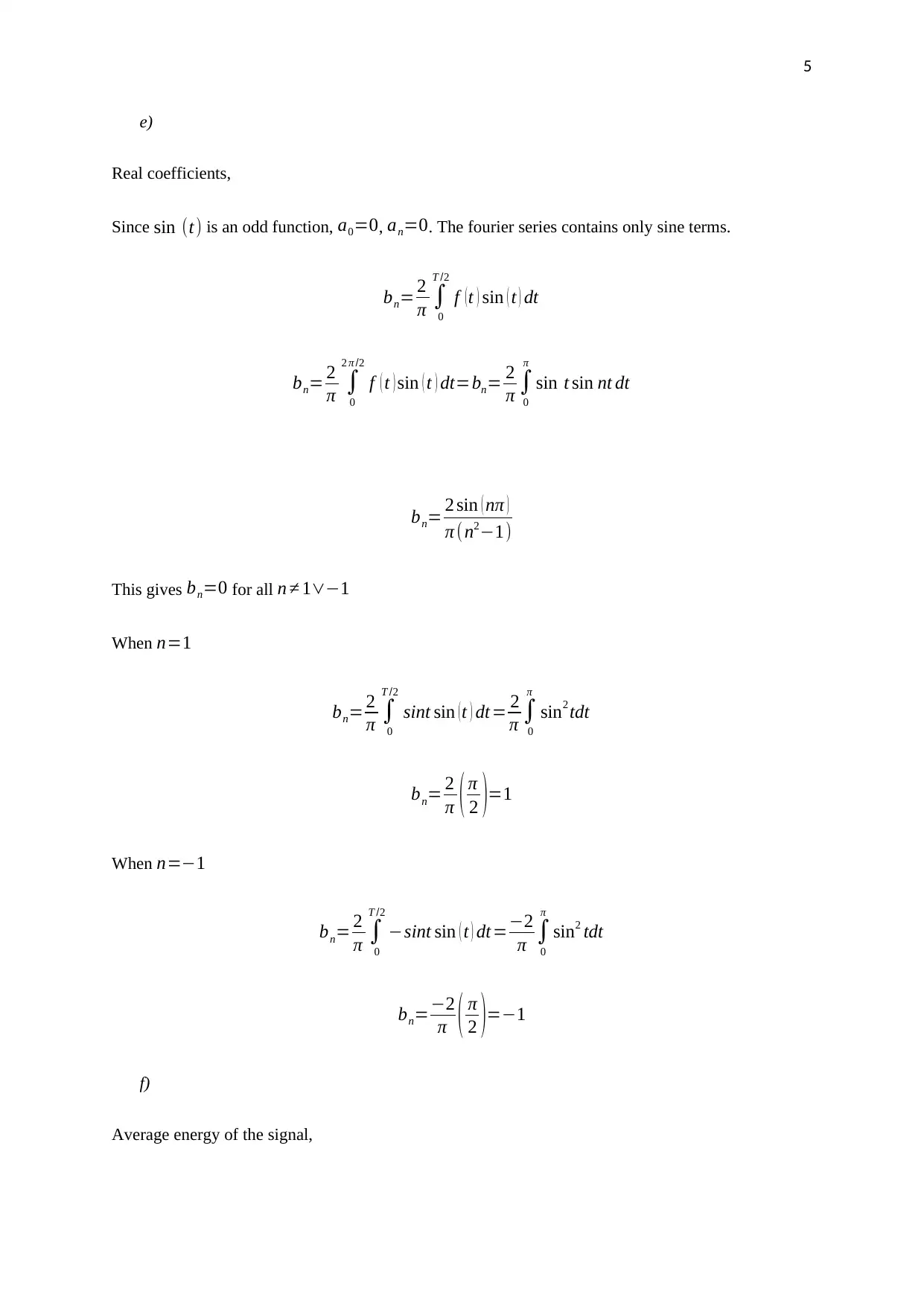
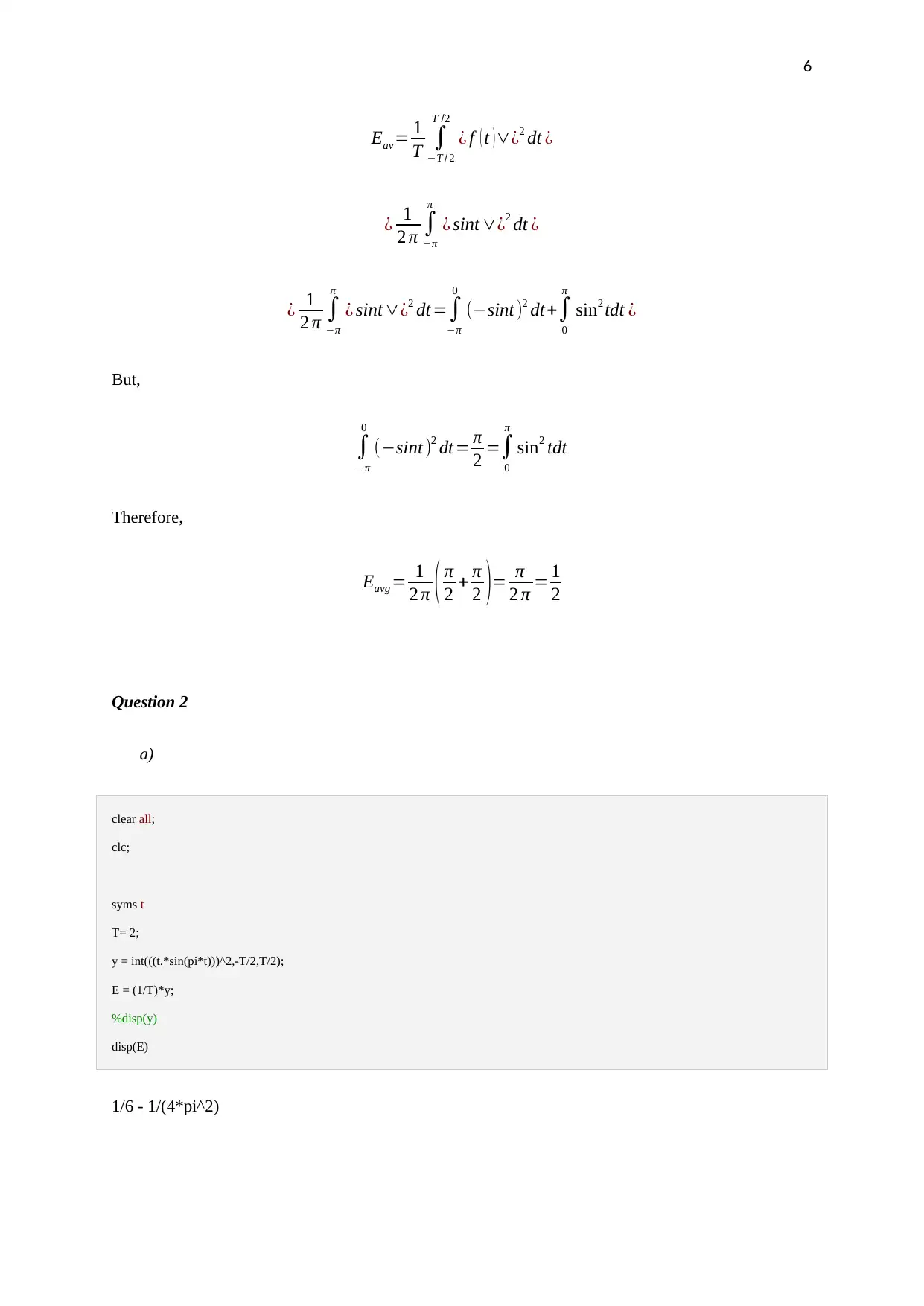
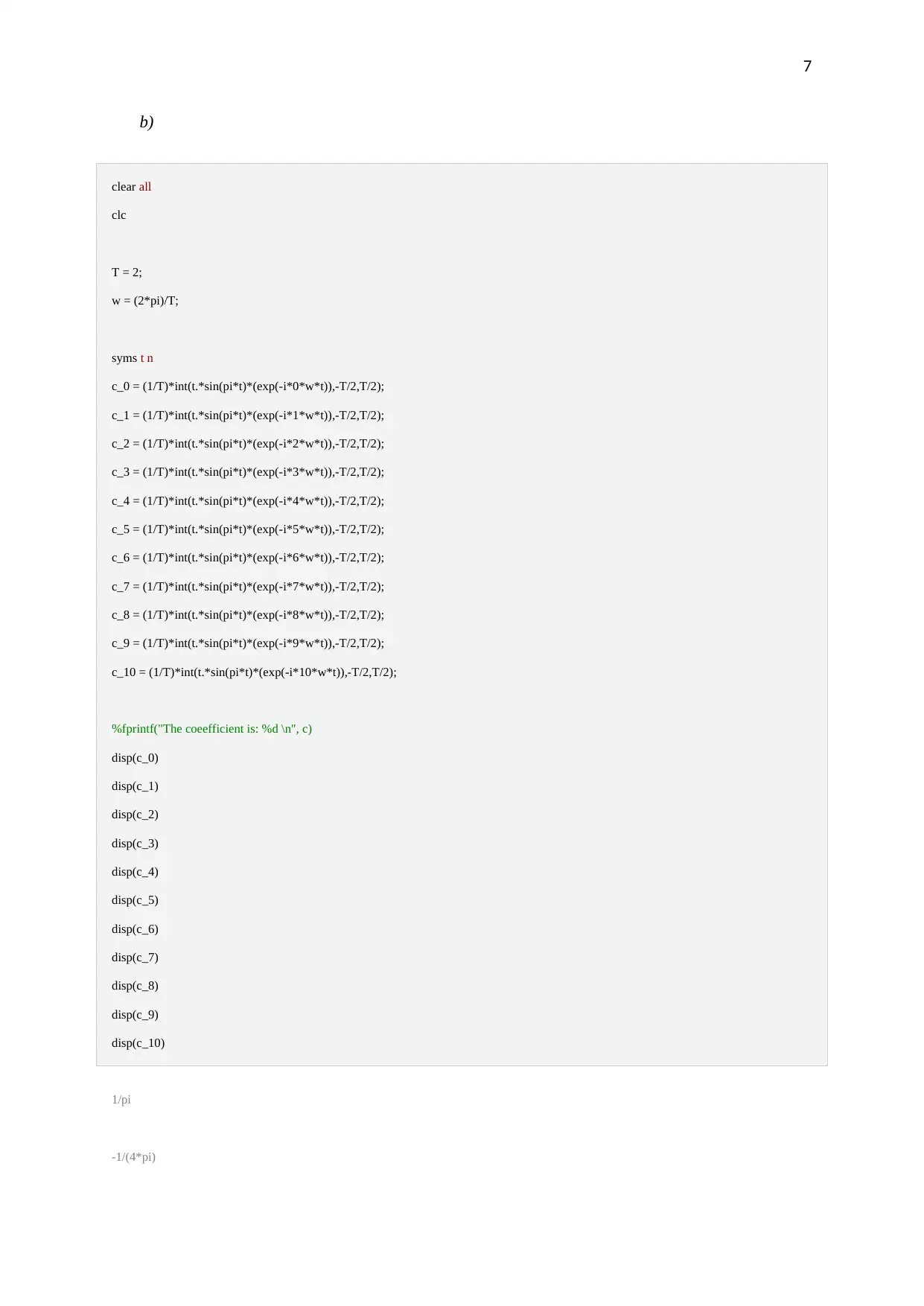

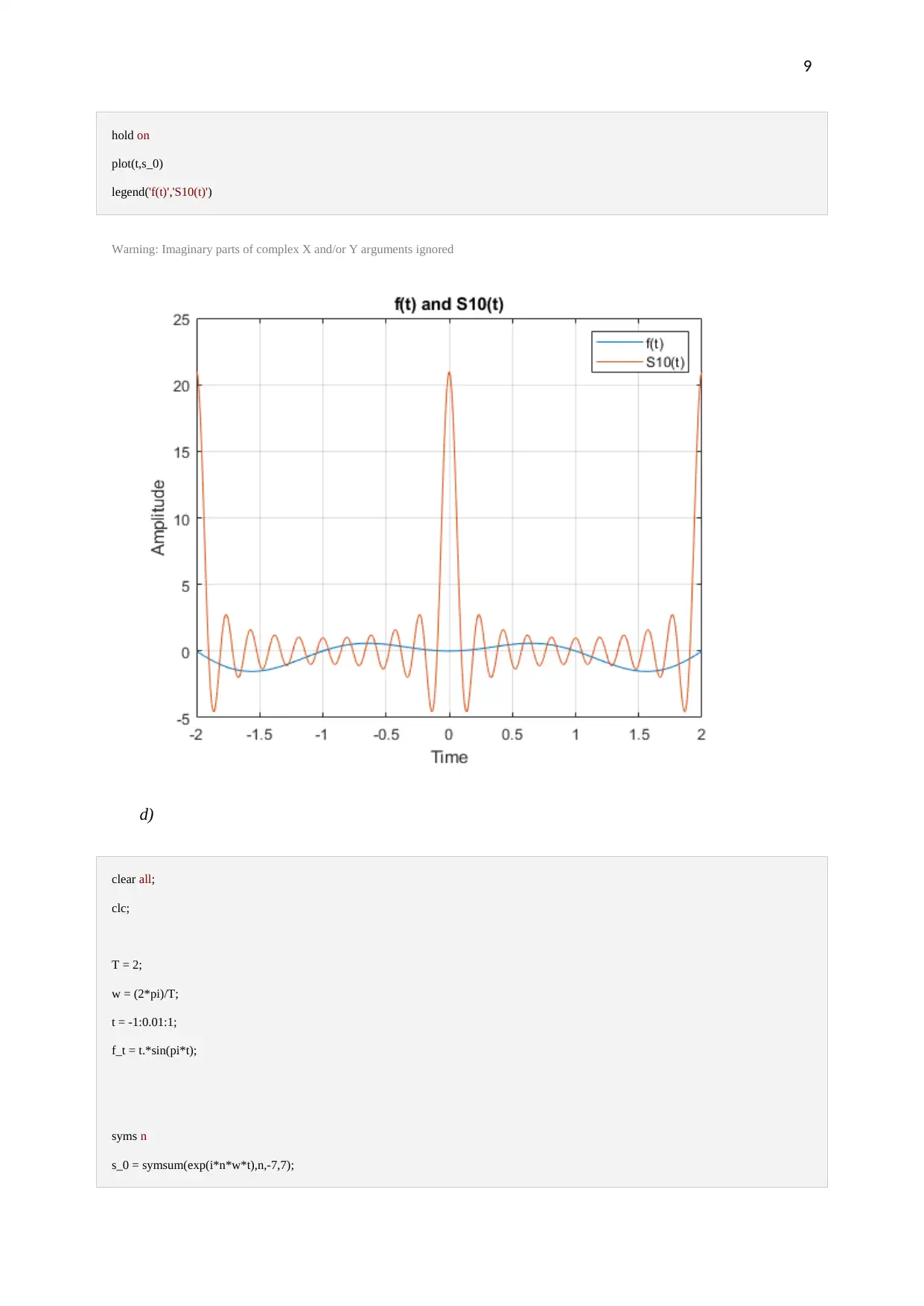
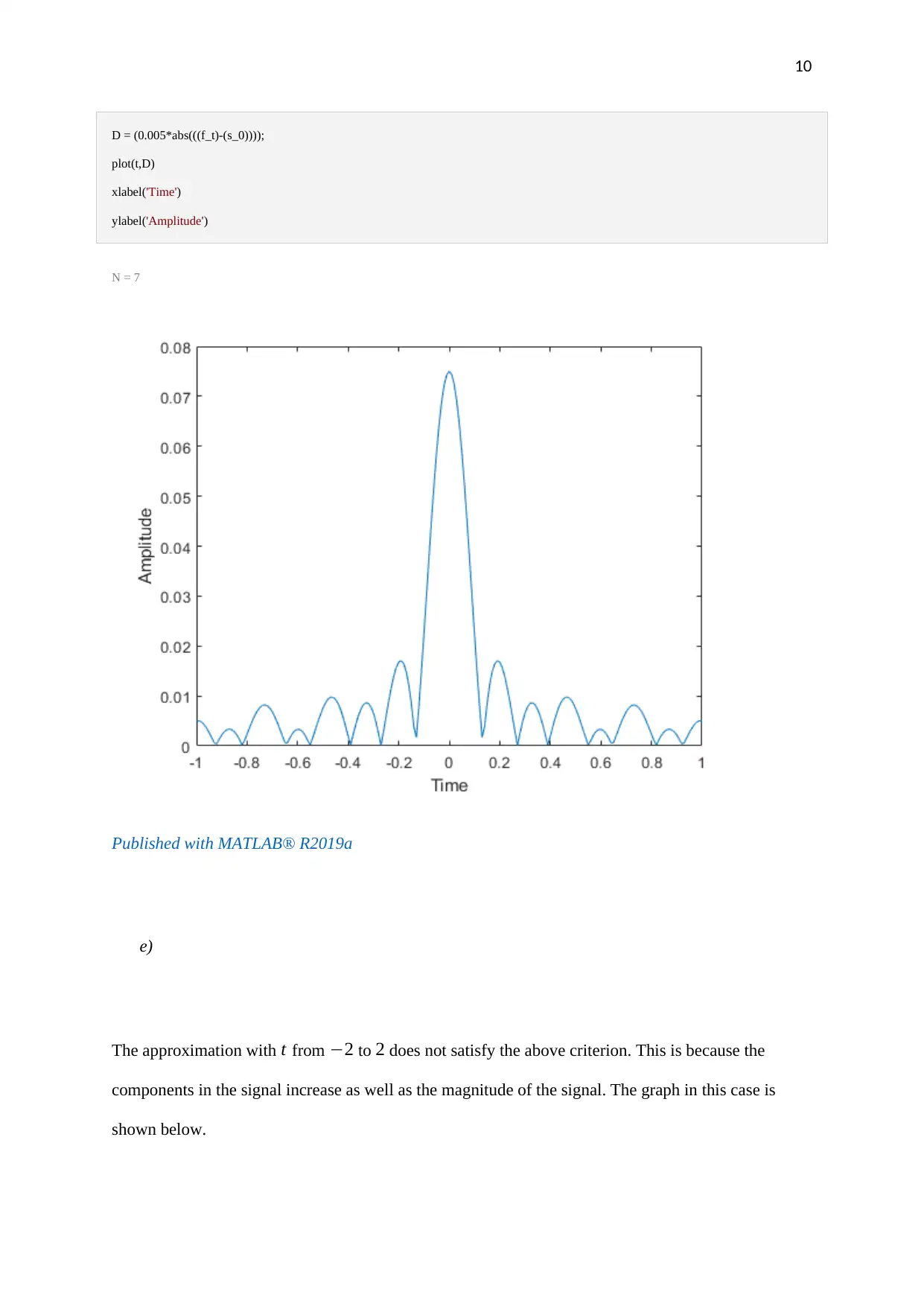
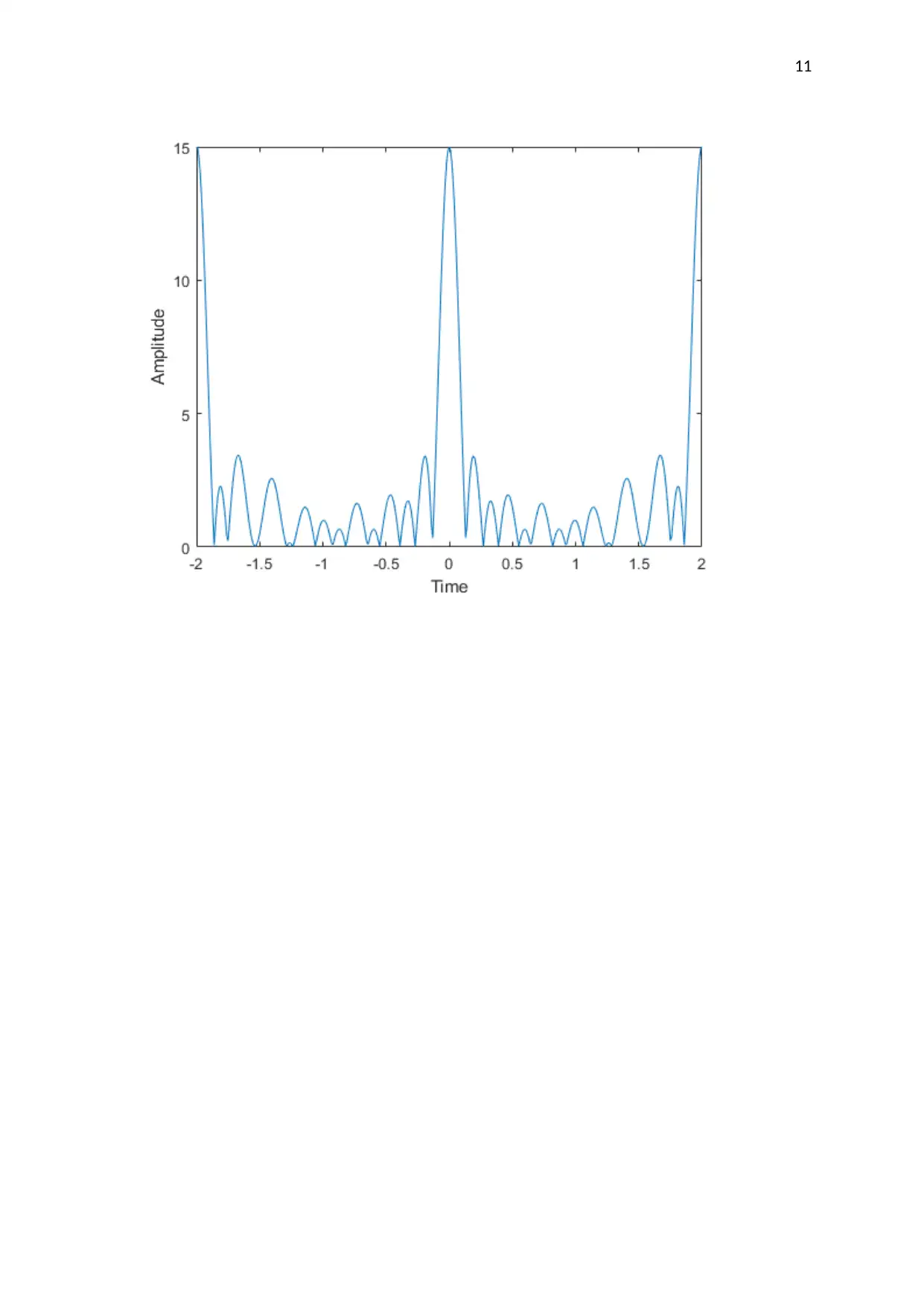






![[object Object]](/_next/static/media/star-bottom.7253800d.svg)